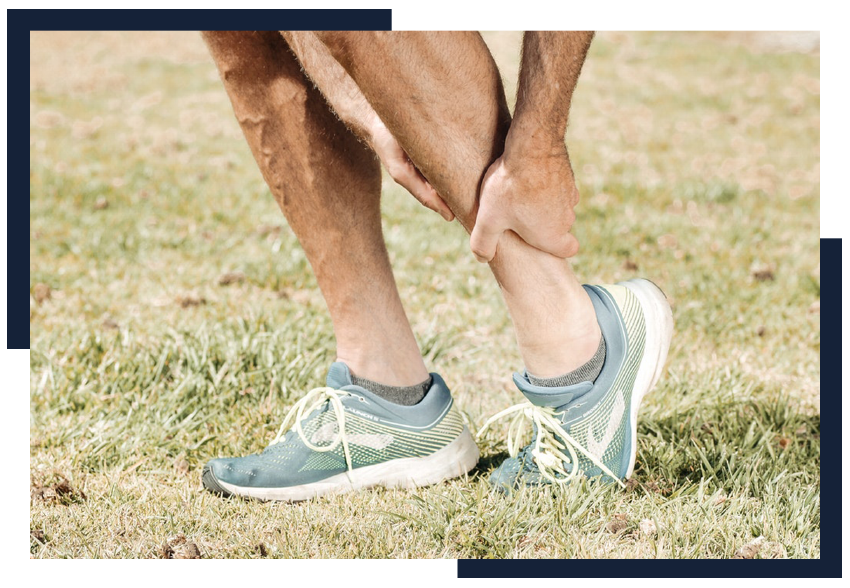Lymphedema Therapy
Are you searching for a reliable lymphedema therapy clinic near me? OneRehab is the best option. Contact us now.

What is Lymphedema?
Can you cure lymphedema? Unfortunately, this condition is incurable. However, with the right lymphedema treatment and therapist, you can control it. Often, the condition affects people who have had surgery where the lymph nodes get removed or damaged. About 40% of patients who go through breast cancer surgery normally experience this condition, referred to as secondary lymphedema.


What Causes Lymphedema?
Cancer surgery
Radiation Therapy
Infections
Inflammatory Conditions
Injury and Trauma
Cardiovascular Diseases
Schedule an appointment today
Contact us today for lymphedema therapy. We have a team of professional therapists waiting for you.
Lymphedema Symptoms
- Part of your leg or arm swells which will also include the toes or fingers
- Feeling heaviness or tightness.
- Restricted or limited range of motion on the affected limb
- Discomfort or aching
- Infections that keep recurring
- Thickening or hardness of the skin (fibrosis)
Risk Factors
- Older age
- Excess weight or obesity
- Rheumatoid or psoriatic arthritis
Best Way to Treat Lymphedema

Complex Decongestive Therapy
1. Remedial Lymphedema Physical Therapy Exercises
2. Manual Lymphatic Drainage
3. Skin Care
4. Multilayer Lymphedema Bandaging
Compression Garments
Pneumatic Compression
How Physical Therapy Helps a Lymphedema Patient
- Increasing flexibility and range of motion
- Reducing swelling
- Building strength
- Reducing pain
- Restoring lost function to increase the quality of life.
Preparing for Lymphedema Exercises

Physical Therapy Exercises for Lymphedema
Pelvic Tilt
Modified Sit-up
Ball Squeeze
- Your neck and back should be straight with your shoulders relaxed. Hold the ball lightly between your fingers and your palm. Then, stretch the arm in front as you hold your arm above your heart.
- Keep the arm raised and squeeze the ball using the fingers as tightly as possible. Hold the squeeze and release after 3 seconds. Repeat the exercise a few more times.
Shoulder Abduction
- Stand with your arm to your sides, maintaining a good posture. Then, on each hand with palm facing forward, hold a one-pound free weight.
- Using gentle and controlled movement, slowly raise both arms out to your side and pose when the arms are not quite overhead. Hold the position for 6 seconds.
- Slowly lower the arms. Use controlled movement, don’t just drop the arms. Rest and repeat the exercise 10 times.
Occupational Therapy Role in Lymphedema
Book a Lymphedema Therapy Today
If you are looking for lymphedema physical therapy near me, you need to ensure that you choose licensed professionals. Does Medicare cover lymphedema therapy? The answer is yes. Remember, if you have lymphedema, it is advisable to keep your leg or arm protected to prevent injuries. You can also keep the limb elevated to encourage the movement of the fluid. Come see our lymphedema therapists today!
OneRehab
1761 International Pkwy Suite 135, Richardson, TX 75081, United States
Email Us
info@onerehab.com
Call Us
972 845 7875
Working Hours
M - F 7:00 AM – 7:00 PM
Sat 8:00 AM – 2:00 PM


